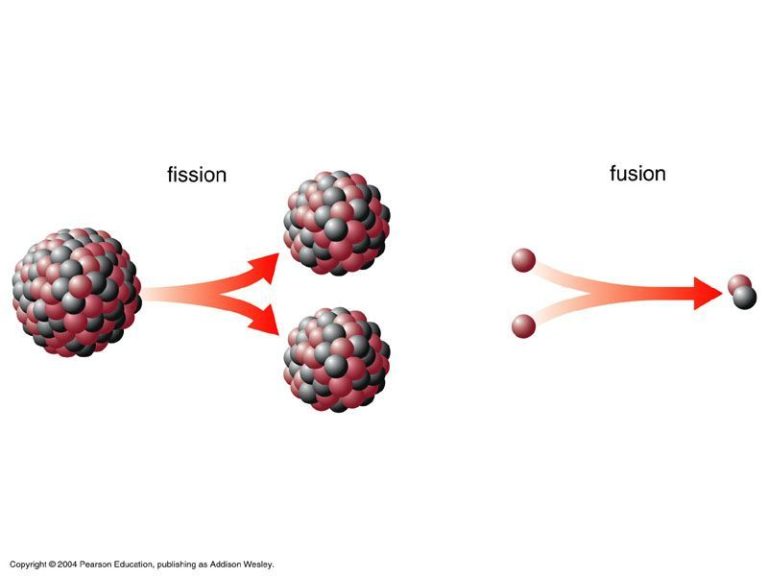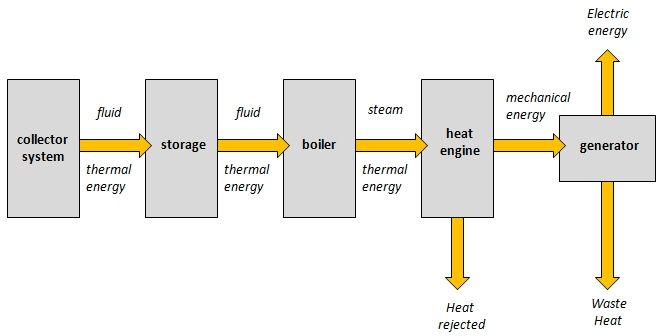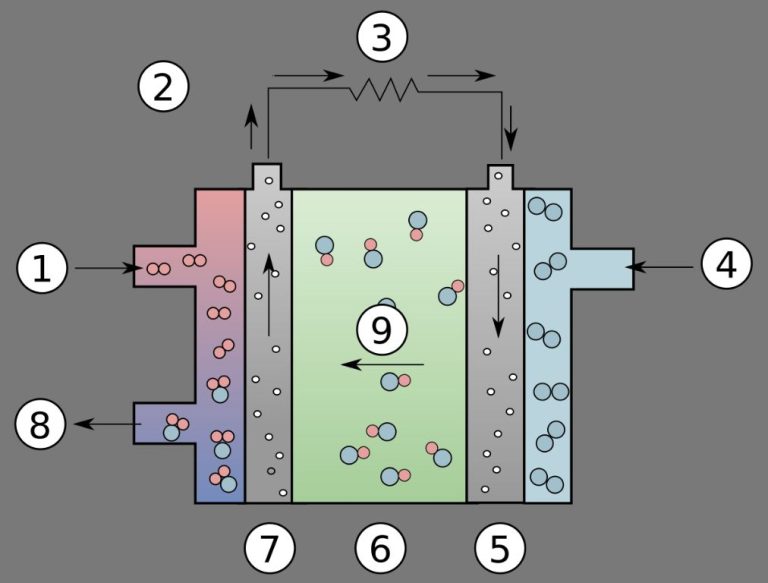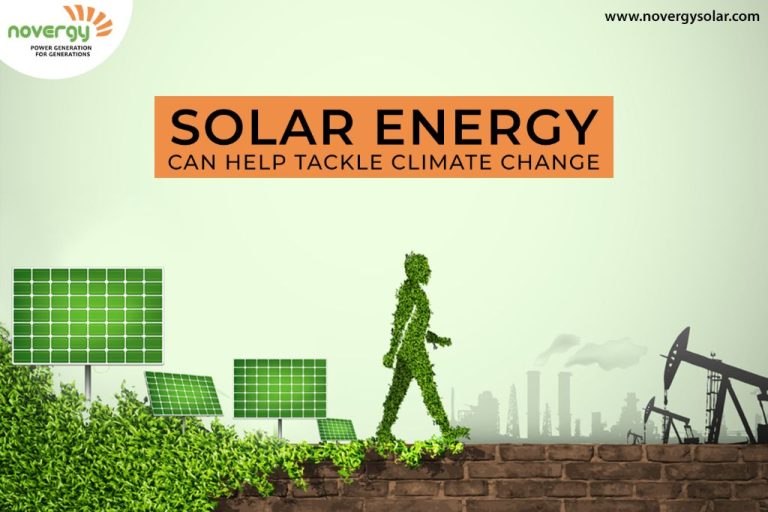What Is Heat Kid Definition?
What is Heat Rash?
Heat rash, also known as prickly heat, is a skin condition that causes an itchy red rash to form on the skin. It is caused by sweat getting trapped under the skin and irritating it. Heat rash is most common in hot, humid weather and can affect people of all ages, but is especially common in infants and children.
Heat rash has a few other common names including miliaria, sweat rash, and prickly heat rash. It gets these names because of the bumps that form from the trapped sweat.
The rash most often appears on parts of the body where skin touches skin or clothes are tight. For babies, the neck, shoulders, and diaper area are most frequently affected. In young children and adults, the rash is more likely to develop on the upper chest, back, underarms, groin or elbow creases.
Causes
Heat rash, also known as prickly heat, is caused by hot and humid conditions that prevent sweat from evaporating from the skin. When sweat gets trapped in the pores and glands near the skin’s surface, it can irritate the skin and cause inflammation.
Specifically, hot and humid environments prevent the sweat glands from working properly. The sweat ducts essentially get clogged, and the sweat gets backed up within the duct. This causes the surrounding skin to become inflamed and itchy.
Areas of the body covered by tight clothing where it’s difficult for sweat to evaporate are also prime spots for blocked pores and heat rash. The friction caused by clothing rubbing against the skin can further irritate the inflamed areas.
Symptoms
Some of the most common symptoms of heat rash include:
Cluster of small, red bumps or blisters: Heat rash causes red bumps and blisters to form on the skin. These bumps are often clustered together and are very small and raised. The blisters are filled with clear fluid and will often break open, causing the fluid to weep or ooze out.
Itchy or prickly sensation: The bumps and blisters cause an itchy, prickly feeling on the skin. This is due to the inflammation caused by the rash. The itchiness can range from mild to severe.
Some other symptoms include a stinging or burning sensation, tenderness or pain in the affected area, increased sweating in the area, and increased skin sensitivity or irritation where clothing rubs against the rash.
Risk Factors
Certain factors can increase an individual’s risk of developing heat rash:
- Infants and young children – Babies and young children are at higher risk since they cannot regulate their body temperature as well as adults.
- Living in hot, humid climates – Heat rash is more common in tropical regions that have high heat and humidity throughout the year.
- Wearing too many layers – Wearing tight, non-breathable clothing that causes sweat to build up on the skin increases risk of heat rash.
Keeping cool and dry, wearing loose-fitting clothes, and avoiding swaddling infants can help reduce the risk of developing heat rash.
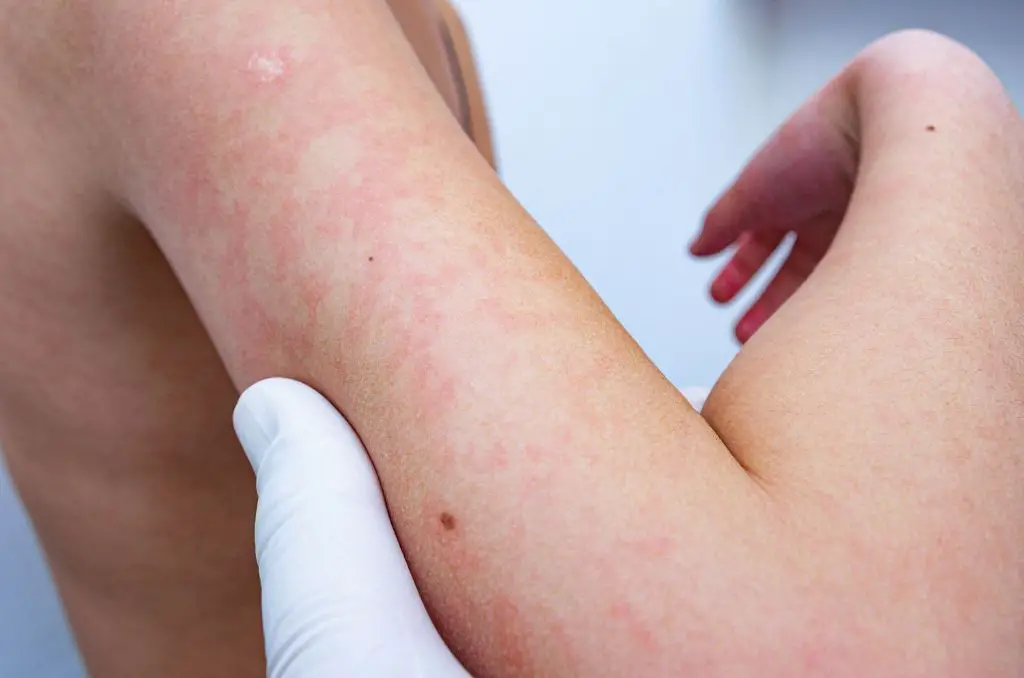
Diagnosis
Doctors are usually able to diagnose heat rash simply by examining the affected skin. They will look for the characteristic appearance of the rash and ask questions about symptoms and exposure to heat or humidity. Some key aspects of diagnosis include:
Visual exam – The doctor will likely recognize heat rash right away based on the appearance, location, and distribution of the rash.
Patient history questions – To confirm it’s heat rash, the doctor will ask about exposure to heat and humidity, symptoms like prickling or itching, affected areas, and how long symptoms have been present. They may also ask about any other medical conditions, medications, or potential allergies.
Treatment
The main treatment for heat rash involves keeping the skin cool and dry. Some tips include:
-
Moving to a cooler environment and avoiding situations where you sweat heavily.
-
Wearing loose, lightweight, breathable clothing that allows sweat to evaporate.
-
Using fans or air conditioning to promote air circulation.
-
Taking cool showers or baths to help soothe the skin.
-
Applying soothing lotions containing ingredients like calamine, menthol, or camphor to provide relief from itching.
-
Gently patting or air drying skin after bathing instead of rubbing vigorously with a towel.
Keeping the affected area dry prevents sweat from being trapped against the skin. This allows existing rash to clear up and prevents new bumps from forming.
Home Remedies for Heat Rash
There are several things you can do at home to help soothe and treat heat rash:
Cool Baths
Take lukewarm baths or showers to help relieve the itchiness caused by heat rash. The water should be cool but not too cold. Make sure to pat skin dry gently afterwards.
Wet Compresses
Applying cool, wet compresses to the affected area can help reduce inflammation and itching. Use a soft cloth soaked in cool water and apply it to rash areas for 10-15 minutes as needed.
Calamine Lotion
Calamine lotion contains ingredients like zinc oxide and iron oxide that can help dry out heat rash blisters while relieving itchiness. Apply a small amount to the rash after bathing and allow it to dry.
Prevention of Heat Rash
There are several ways to help prevent heat rash from occurring:
Wear light, loose clothing – Tight clothing can trap heat and moisture against the skin, increasing irritation. Choose lightweight, breathable fabrics like cotton that allow the skin to breathe.
Frequently change diapers – For babies and incontinence patients, frequently changing wet or soiled diapers helps keep the skin dry and prevents chafing.
Stay cool – Use fans, air conditioning, tepid baths and showers to keep the skin cool and dry. Avoid getting overheated or direct sun exposure during hot, humid weather.
When to See a Doctor
In most cases, heat rash will clear up on its own without medical treatment. However, you should see your doctor if the rash spreads, worsens, or shows signs of infection.
See your doctor right away if:
- The rash continues to spread over large areas of the body
- The rash does not improve within a few days
- Signs of infection develop, such as increased pain, swelling, redness, or pus
- You have a fever over 101°F (38.3°C)
- You experience vomiting, diarrhea, headache, muscle aches, weakness, or other flu-like symptoms
- The rash is interfering with your daily activities
Skin infections can develop from scratching the rash or if the skin breaks down. Seeking prompt medical treatment can help prevent complications and provide relief from symptoms.
Outlook
Heat rash usually clears up within a few days as the weather cools down. The rash will begin to fade as the skin heals, though itching may continue for a couple of days afterward. There are typically no long term complications associated with heat rash. However, those with very sensitive skin may want to take extra precautions to avoid recurring rashes, as heat rash can come back whenever a person becomes overheated again. Staying in air conditioned environments during hot summer months can help prevent repeated flare ups. Overall the prognosis for heat rash is excellent, with the rash fully resolving once cooler body temperatures are maintained.

